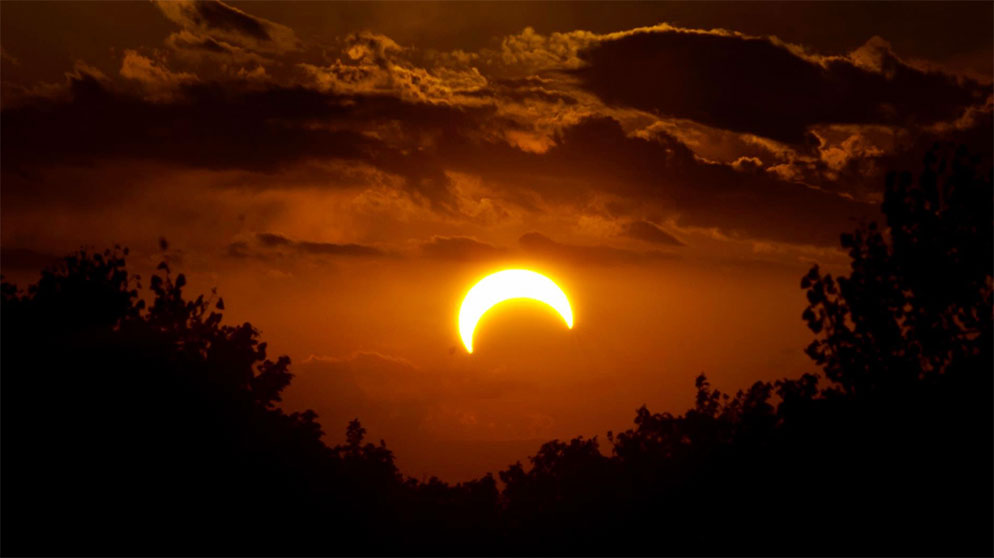5 Tips for the April 2024 Total Solar Eclipse
Solar Eclipse Tips - Mike Mezeul II shares five tips for composing great total solar eclipse photographs.
In our third video of the series on getting ready to photograph the April 8 Total Solar Eclipse, Nikon Ambassador and extreme nature and landscape photographer Mike Mezeul II shares 5 tips for composing images during the solar eclipse.
If you haven’t seen the first video on gear choices, check it out here.
And the second video on camera settings is here.
When it comes to creating compelling images with the eclipse, it requires a vision and planning ahead to create out-of-this-world images, as the eclipse itself is only a matter of minutes long depending on your location.
Tip #1: Know Your Gear
With so much happening in such a short period of time, my biggest tip is to make sure you know your gear prior to the day of the eclipse. Be comfortable with manually focusing using focus peaking, adjusting your ISO, shutter speed and aperture, as well as putting on and removing your solar filter quickly. The last thing you want to be doing during that epic moment of totality is trying to figure out how to make a technical adjustment.
Tip #2: Anticipate
Understand the phases of the eclipse and the order in which they take place. Have mental notes for what phase you are about to shoot, and what settings may need to be adjusted from the previous phase. The eclipse will be moving quite quickly through the frame if you’re using a telephoto lens, so I recommend composing a bit ahead of the movement as the moment is about to take place and allow the eclipse to move into the frame.
Tip #3: Compose Wide In-Camera
Give yourself some wiggle room. You don’t need to have the eclipse filling your frame. Use the resolution of your camera to crop in a bit afterwards. This will allow you to be a bit less pressed for perfectly composing the shot in the camera. It’s easier to crop in, then crop out.
Tip #4: Create a Composite
Don’t be afraid to create a composite of the eclipse phases and path across the sky. This is a bit more creative approach to shooting the eclipse but can be quite fun. For these shots, you want to shoot the complete transition of the eclipse from start to finish by taking a tight shot of it every 10 minutes or so. You can then layer these images together in software over a wider, say 24mm shot of the landscape, to tell a story of the event. Check out my article on compositing eclipse shots here.
Tip #5: Foreground
Find some foreground to frame the eclipse up with. This doesn’t have to be anything huge, something as simple as a silhouetted tree can get the job done. It can be nice to add some content and depth to the frame by doing so. Unfortunately this 2024 eclipse will be taking place at a pretty high angle in the sky, so looking up is your best bet for finding a subject.
Alright, those are five of my favorite tips to help you perfect those eclipse shots. I wish everyone great light, happy shooting and most of all, enjoy the eclipse!
Solar Filters are a must!
Remember to be safe when out photographing a solar eclipse!
You absolutely must protect your camera’s sensor by utilizing a solar filter on your lens. And you also need to wear appropriate solar glasses to protect your eyes. Neither a regular ND filter nor regular sunglasses will be strong enough to protect your camera or eyes.
The only time it is safe to either view a solar eclipse with your eyes or by looking through the camera without a filter is during the totality phase. All partial phases of the solar eclipse need to be viewed through solar glasses or a camera/lens that has a solar filter on the lens.







